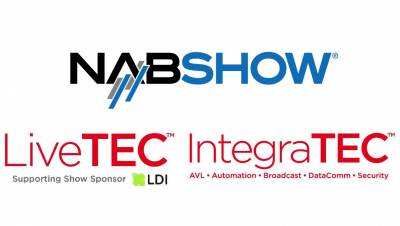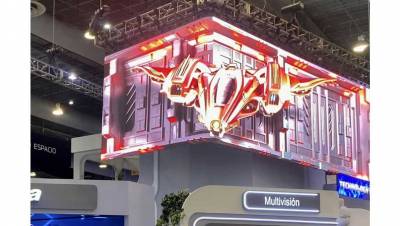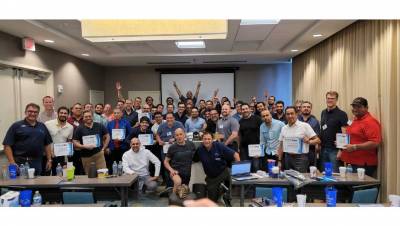 Latin America. The greatest interest in Internet of Things (IoT) systems currently comes from utilities, manufacturers and transportation companies, although, looking to the future, new hyper-connected business services could enable major improvements in everything from disaster response and waste management, to healthcare in underserved areas.
Latin America. The greatest interest in Internet of Things (IoT) systems currently comes from utilities, manufacturers and transportation companies, although, looking to the future, new hyper-connected business services could enable major improvements in everything from disaster response and waste management, to healthcare in underserved areas.
What's driving this degree of change and interest are the ever-smaller, more powerful, and energy-efficient processors that make it possible today to attach a chip to almost any type of device for a nominal cost. The silver lining is that almost everything that can be equipped with a processor can now be plugged in and receive some degree of "intelligence."
The downside, be careful what you want, is that low-cost chips come with equally low-cost or no security built-in security. This is likely to result in one or both of the following scenarios:
• Devices that cannot be updated and present security risks, especially as they age.
• A group of highly heterogeneous and distributed devices that provide greater complexity for service management, with various update and patch regimes, and with implications for the management of incidents, changes and releases.
While we're likely to see improvements to the "built-in" security built into devices, that's only part of the story, as there are serious security risks associated with this technology. As the range of IoT solutions expands, so does the attack surface for cybercriminals to exploit.
The good news is that these problems can be solved eminently by designing security from the beginning and carefully thinking about the network and software design. To help with this thinking, Fujitsu and our partners are investing in new ioT-linked techniques and products to help address these challenges.
Perhaps the most important consideration is service management, because it ultimately controls and manages IoT capacity. The service management regime in your IoT deployment will need to achieve higher levels of integration and automation if the overall deployment stays in touch with the threat landscape and provides a more proactive managed service in real time.
You can see that organizations need to recognize risks and challenges, and determine which risks to security and continuity, if any, are acceptable and which are not. They must also decide how to manage sensors, devices, and gateways over the life of the solutions, not just during the deployment phase.
This means seriously considering managing processes for incidents, changes, and releases, with a specific emphasis on managed security.
Fujitsu's expertise in IoT deployments means we are working with customers to incorporate security from the start, while planning for continuous upgrades and management over the life of a system following several key principles. First, we recommend clearly defining the desired business outcomes, then identifying the main challenges and creating a plan for implementation. Then, after defining an IoT innovation roadmap for a customer, Fujitsu can work to deliver an effective program that includes well-orchestrated security, security, and service management services.
Regardless of the industry in which you operate, the key to a successful, secure, and well-managed IoT deployment is to better understand your ecosystem, your organization, and your infrastructure profile, as well as the needs of your customers. Your unique security and service management considerations will depend on the details of each. Do you do it yourself, or the managed service? It is clearly a complex issue and you have to decide whether to manage this from internal resources or look for a trusted partner.
Whatever the application, it is important that organizations working on IoT technologies become the hyper-connected enterprises of the twenty-first century, do so securely and in a well-managed manner that helps them achieve their goals and better serve their stakeholders. Whatever system you finish deploying, it's important to make sure that security and service considerations are built in right from the start.


























Leave your comment